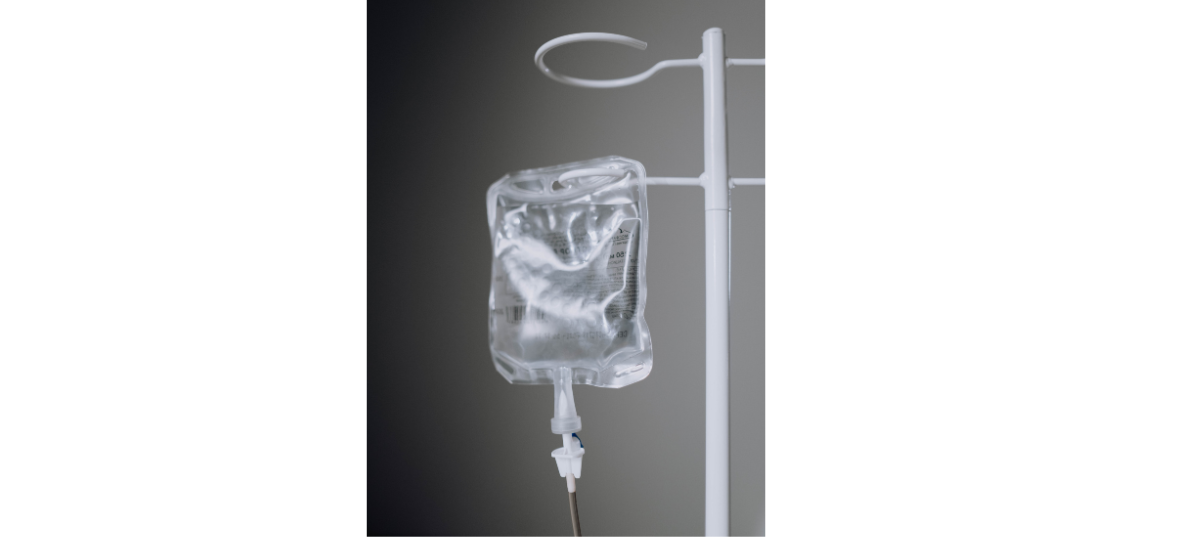Home infusion therapy is an important avenue for the delivery of needed medication outside a healthcare setting. But how safe is it?
A recent study published in the American Journal of Infection Control (AJIC) suggests home infusion therapy (HIT) personnel lack critical training in identifying factors which can contribute to bloodstream infection through central-line catheters.
A central-line, or central venous catheter, is a tube that is situated in a vein in the chest, neck, or groin that remains in place to deliver fluids, medications, and from which to draw blood for diagnostic laboratory tests. Since the line remains in place, there is a higher risk of infection from germs on equipment which can enter directly into the bloodstream, causing serious bloodstream infection. The Centers for Disease Control and Prevention (CDC) report thousands of patients die each year from central-line bloodstream infections (CLABSIs).
Due to of the immediate danger of a CLABSI, healthcare providers inserting a central line follow stringent infection control procedures. Thereafter, healthcare providers accessing the line for delivery of medication or to draw blood, also follow infection control procedures to reduce the risk of a blood stream infection.
According to the National Home Infusion Association (NHIA), the practice of home infusion has grown more than 300 percent since 2008, when the last national survey was conducted. In-home infusion therapy can improve quality of life for those with serious or chronic illnesses, reduces the need to travel, and assists patients and their families through treatment.
According to the AJIC article, training of HIT personnel has not kept pace with services offered by home infusion businesses. The study was conducted by Johns Hopkins University and involved 21 interviews of HIT staff from five home infusion therapy agencies that do business in 13 states and Washington DC.
Of concern was the lack of education the researchers noticed around CLABSI surveillance. Surveillance includes the ability of a healthcare provider to discern whether a patient might have an infection. The study found that most infusion staff receive on-the-job training from a fellow employee and had not received formal training, access to targeted toolkits, and generally had little time to train outside of learning the basics of the job they were expected to do. As noted by the National Institutes of Health (NIH), most cases of CLABSI are preventable with appropriate surveillance and infection control techniques.
Despite the importance of home infusion therapy to patients, and the danger of CLABSI, infection control protocols and learning tools have not been widely developed or adopted by the home infusion therapy industry. In the meantime, the value of home infusion therapy is shadowed by an increased risk of infection—and even death.
Award winning injury attorneys help after you are injured through medical malpractice
Schochor, Staton, Goldberg and Cardea, P.A. is a distinguished law firm representing patients injured through medical error. If you suffer serious harm due to a medication or other medical error, we can help. Contact us or call 410-234-1000 to schedule a free consultation. We have offices in Washington, DC and Baltimore, Maryland.













